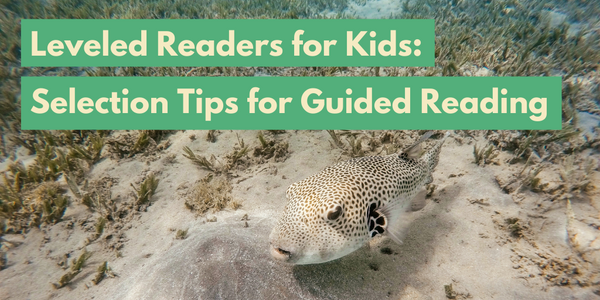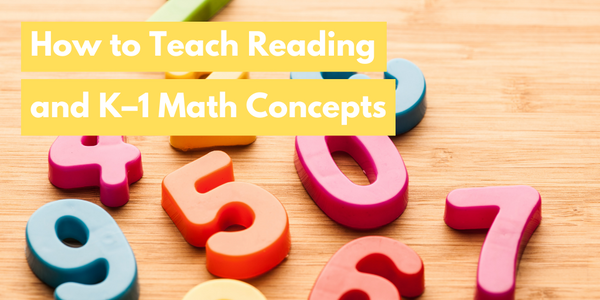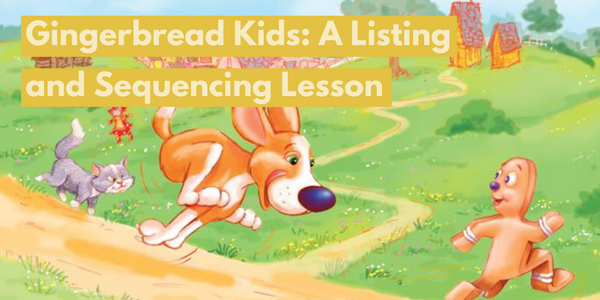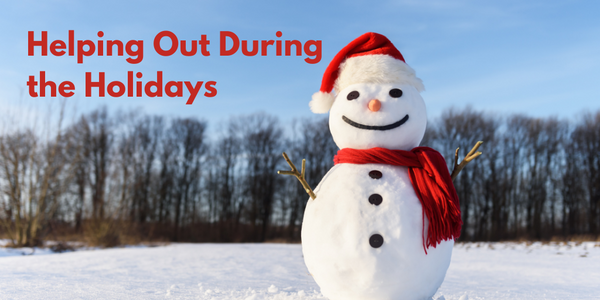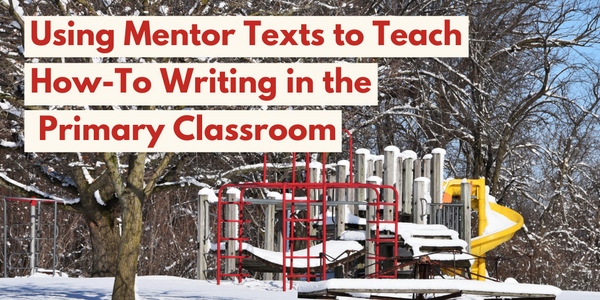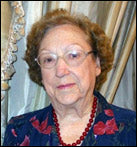 This is a guest blog post by Dr. Geraldine Haggard, who
is a retired teacher, Reading Recovery teacher leader, author, and university teacher. She spent 37 years in the Plano, TX school system. She currently tutors, chairs a committee that gifts books to low-income students, teaches in her church, and serves as a facilitator in a program for grieving children.
This is a guest blog post by Dr. Geraldine Haggard, who
is a retired teacher, Reading Recovery teacher leader, author, and university teacher. She spent 37 years in the Plano, TX school system. She currently tutors, chairs a committee that gifts books to low-income students, teaches in her church, and serves as a facilitator in a program for grieving children.
Today I’d like to share ideas for using leveled nonfiction books to teach the literature skills as outlined in the English Language Arts Standards for kindergarten. The books chosen for use are Seeds (from the Kaleidoscope Collection ) and five books from the Growing Things theme in the My World series . These books include From Seeds , Growing a Garden , Planting , What Are Plants? , and Who Grows Things? The content area topic is plants. The concept labels are based on the standards in Literature for kindergarten.
KEY IDEAS AND DETAILS
 LK.1: With Prompting and Support, Ask and Answer Questions About Key Details
LK.1: With Prompting and Support, Ask and Answer Questions About Key Details
Seeds
:
How are seeds different? How do seeds become plants? What plants provide food for us? Have you ever eaten a vegetable from a plant? Have you eaten a fruit? Did this food contain seeds?
From Seeds
: Why does the author say that the things in the pictures are plants? What does a seed need to become a plant? Why is each person in the book important if we are to receive vegetables? What is a farmer? Where does a gardener work? What is a harvester? What is a grocer? What kind of plant is seen on page 7? Why are these plants in a nursery?
LK.2: With Prompting And Support, Retell Key Details
Seeds : Why did the author write the book? What are some things she tells you about seeds?
From Seeds : What does the author tell us about the plants that grow from seeds? Do the seeds look alike? What do we know after reading this book?
 Growing a Garden
: Why did the author write the book? What new words did you find in the book? What does each new word mean? (The children will probably be familiar with some of the words that are illustrated. You can help them add the others to their speaking and listening vocabularies.)
Growing a Garden
: Why did the author write the book? What new words did you find in the book? What does each new word mean? (The children will probably be familiar with some of the words that are illustrated. You can help them add the others to their speaking and listening vocabularies.)
What Are Plants?
: Can you name some plants after reading this book? Why do you think the author used a picture to help us understand each kind of plant? What question does the author answer? What does each picture tell us about the page just before it? What do you think the author wanted you to know as you read and study each picture?
Who Grows Things? : This book has two main ideas: discussing who grows the plants (pages 2–7) and who helps us get the plants (pages 8–11). Discuss each section and talk about what the two parts of the book tell the children.
CRAFT AND STRUCTURE
LK4: Ask and Answer Questions about an Unknown Word
 There are some prompts that are appropriate for all of the books below:
There are some prompts that are appropriate for all of the books below:
-Does the picture help you know what that word is?
-Is there a part of the word that you recognize?
-Using what you know about the word, what would sound right and be correct in meaning?
Growing a Garden
: This book is a picture dictionary. Guide the students as they talk about how the pictures help them identify and understand the words illustrated. This would be a good book to use with all levels of readers.
Seeds
:
Better readers in kindergarten would profit from the use of the book for guided reading. For other readers, it could be a shared reading experience or a teacher read-aloud. The following words are likely words that the children might meet in this book that they might not understand: ‘few,’ ‘pit', 'pods,’ ‘germinate,’ and ‘seedling.’
 From Seeds
: This is another book that can be used with all levels of readers. There are two types of plants that students might not be familiar with: ‘pine tree’ and ‘palm tree.’ The pictures can be used as the two are discussed.
From Seeds
: This is another book that can be used with all levels of readers. There are two types of plants that students might not be familiar with: ‘pine tree’ and ‘palm tree.’ The pictures can be used as the two are discussed.
Who Grows Things?
: Words that end in ‘-er’ can be explored. Guide the students as they talk about the words that have that suffix.
RANGE OF READING AND LEVEL OF TEXT COMPLEXITY
LK10: Actively Engage in Group Reading Activities with Purpose and Understanding
Use the books discussed in guided reading if the children are at the instructional level for a title.
Seeds
is the most difficult book and caution is suggested for its use in guided reading, as it is appropriate with only above-level readers in kindergarten. This book would make a great read-aloud for the teacher or a
 guided reading activity (if you have multiple copies of the book), or if the teacher can project the book on a screen. Guided reading activities for children should be organized by the children's instructional levels.
guided reading activity (if you have multiple copies of the book), or if the teacher can project the book on a screen. Guided reading activities for children should be organized by the children's instructional levels.
Planting
is a wordless book and can be used for discussion of vocabulary. The other three books are appropriate for all kindergarten students as vocabulary is developed in big group or guided reading. These books would be great to add to the class library for independent reading after they have been introduced and read.
The use of these books can help the children develop the vocabulary they will need as they go to grade one.
Hearing the vocabulary, studying pictures of the vocabulary words, reading books that contain the vocabulary, using the words in oral activities, and writing the words can assure teachers that the children will grow in all language arts areas. This repetition is essential for children who are second language students and those with limited vocabularies.
All students can profit from the multiple uses of new vocabulary. The absent meaning of an unknown word can prevent comprehension. Developing an understanding of new words is an integral part of literature. After the children learn the skills needed to unlock new words and use them independently, they become strategic readers.
NOTE: Not all literature standards were included in this post because some of the standards are based on fiction.
~~~
Geraldine Haggard is the author of several books from our Kaleidoscope Collection Series. For more information about the K aleidoscope Collection Series click HERE to return to our website or click the series highlight page to the left below. For more information on the My World series featured in this post, click here or click the image to the right below.



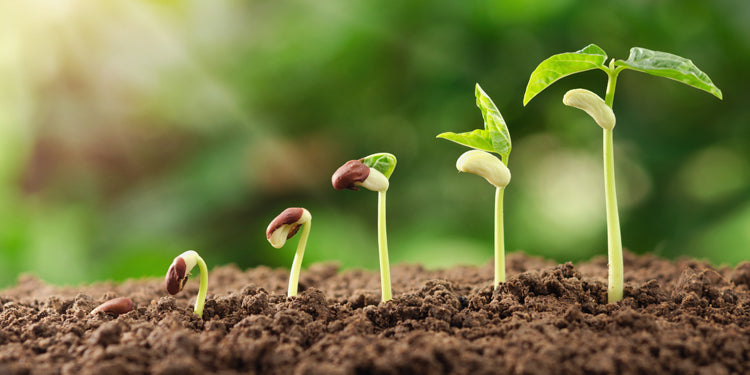
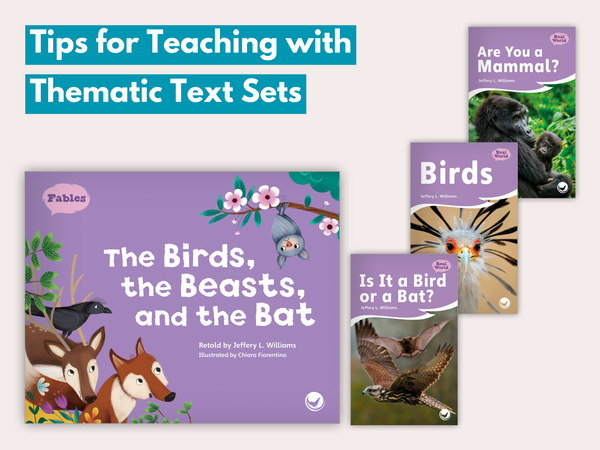
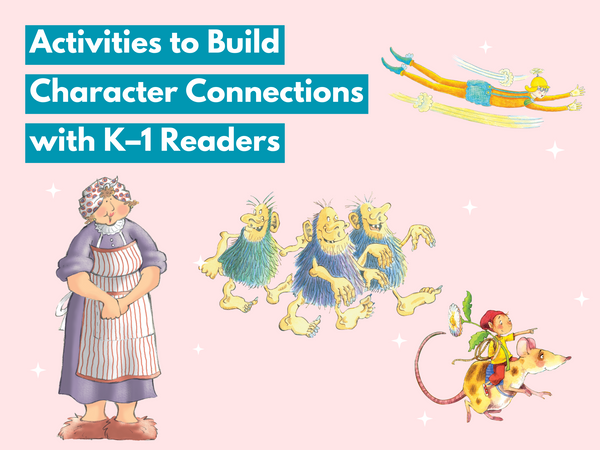
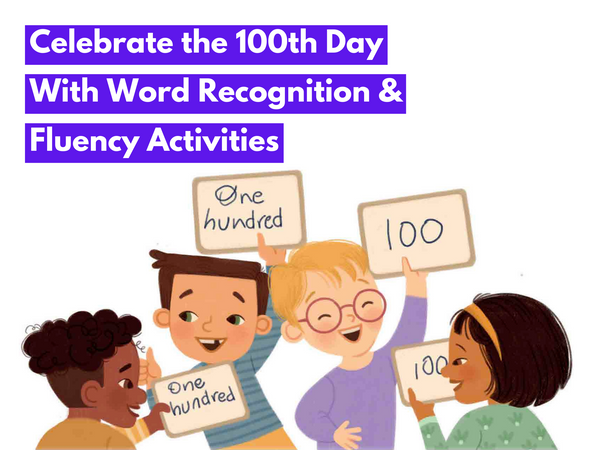
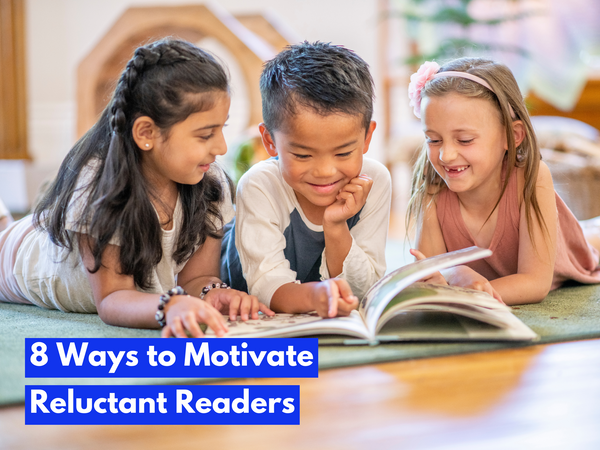
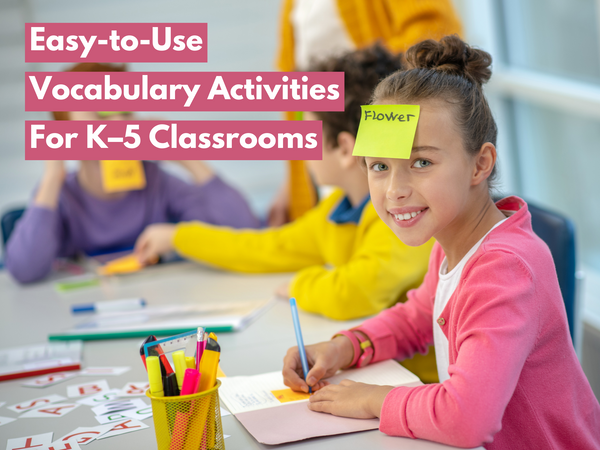
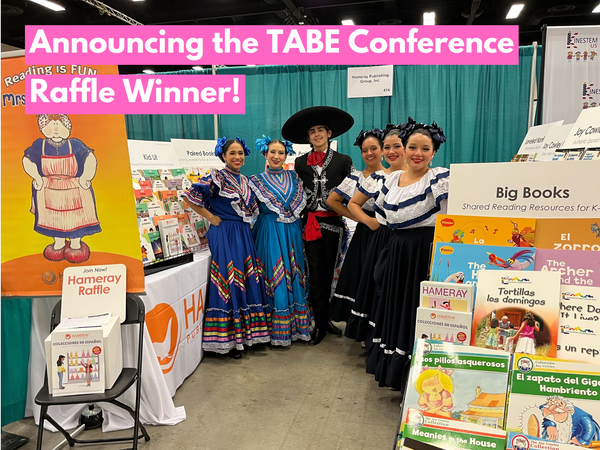
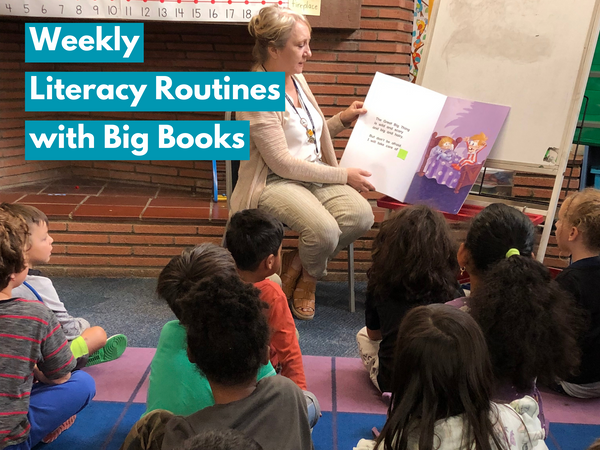
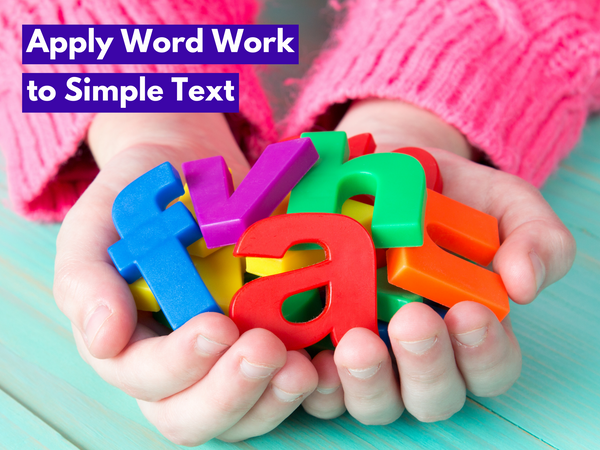
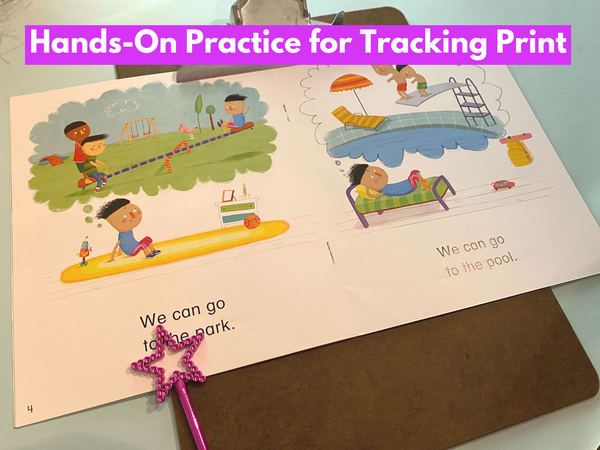
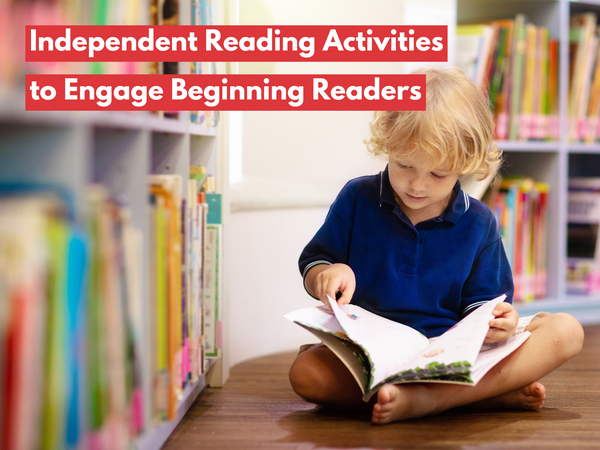
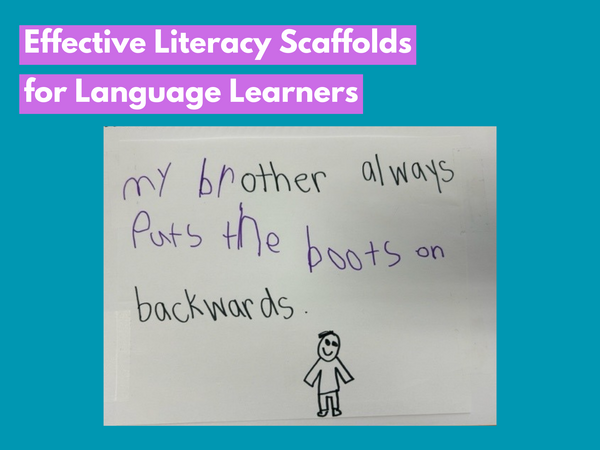
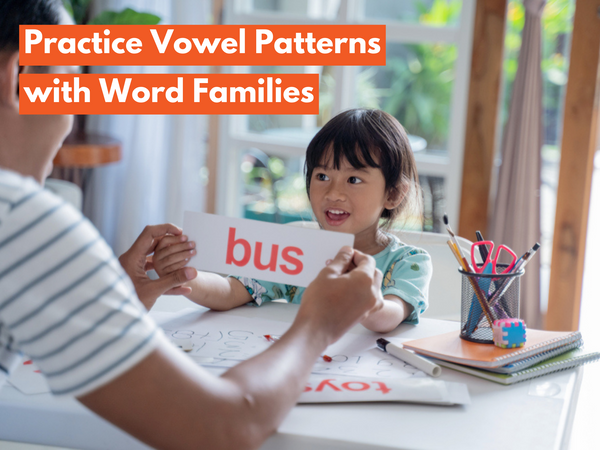
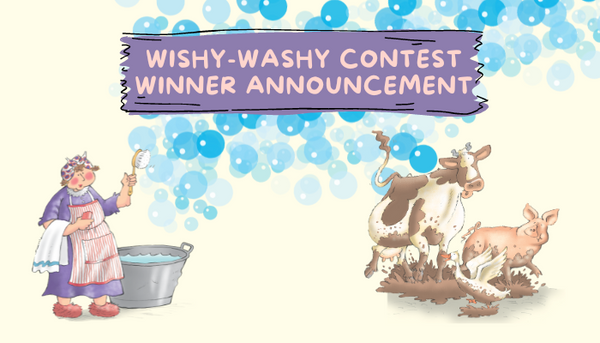
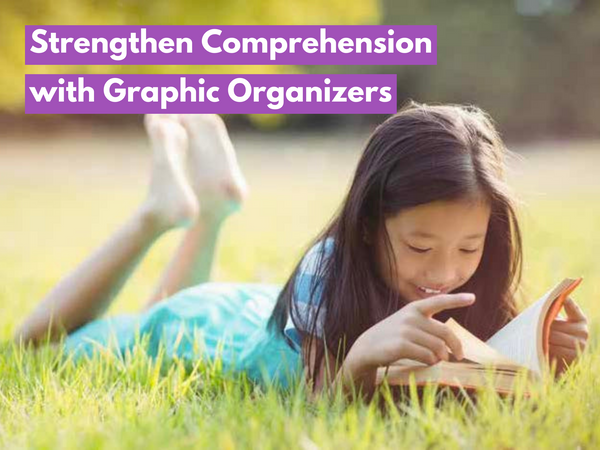
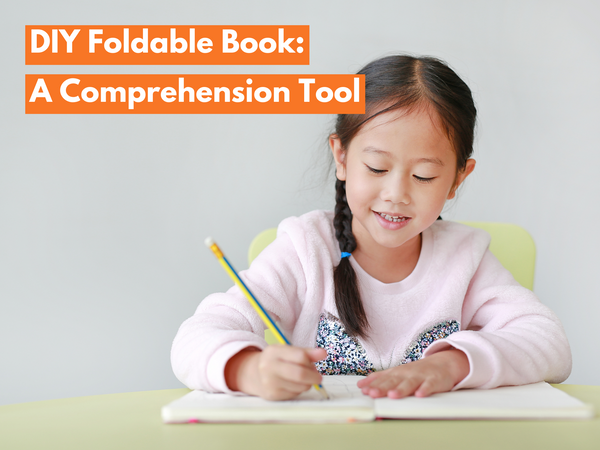
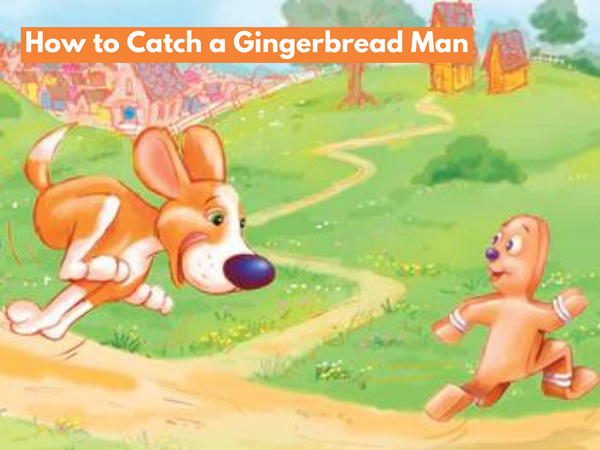
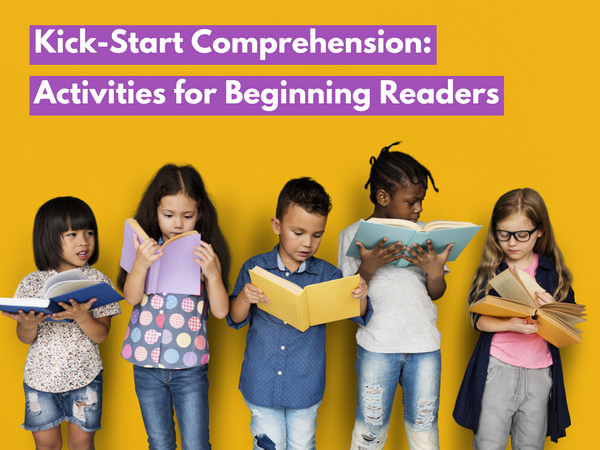
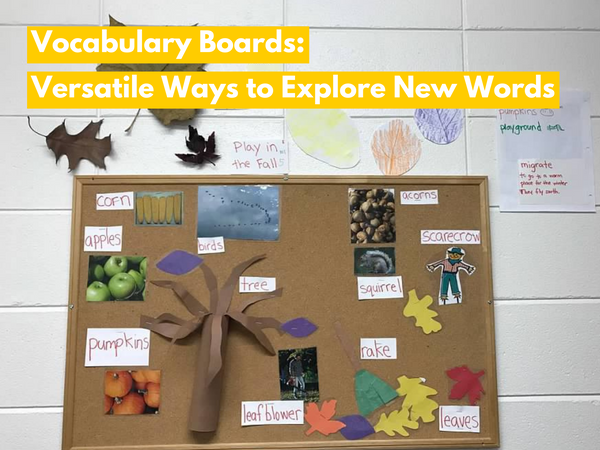
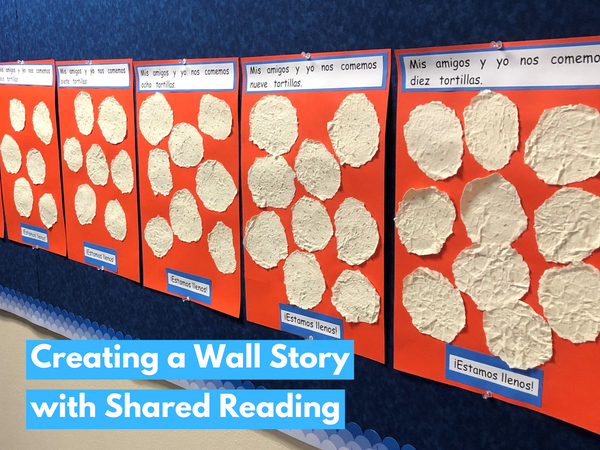
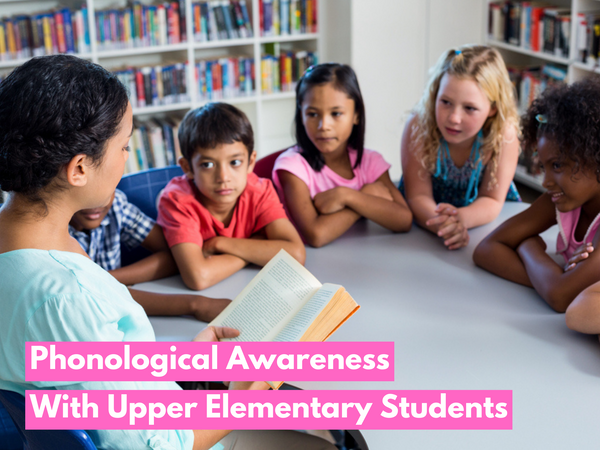
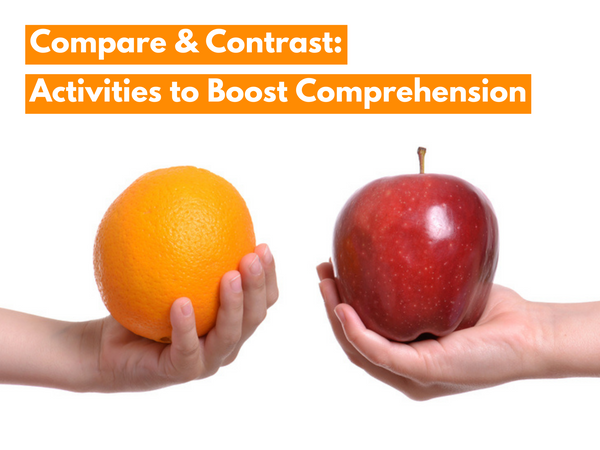
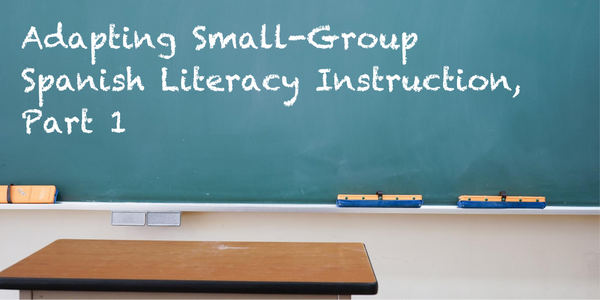
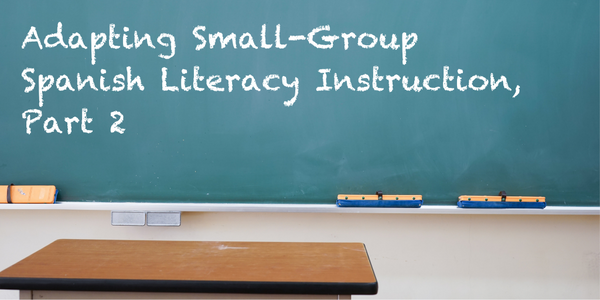
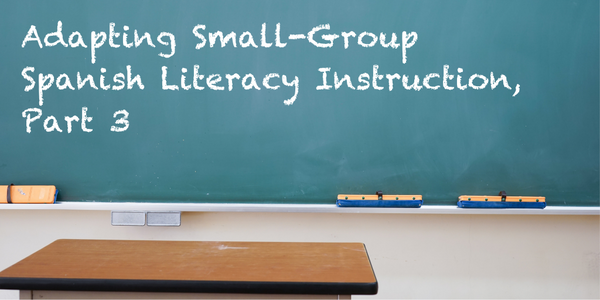
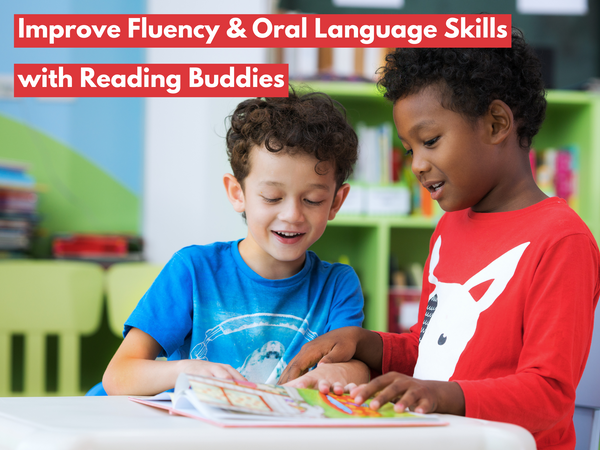
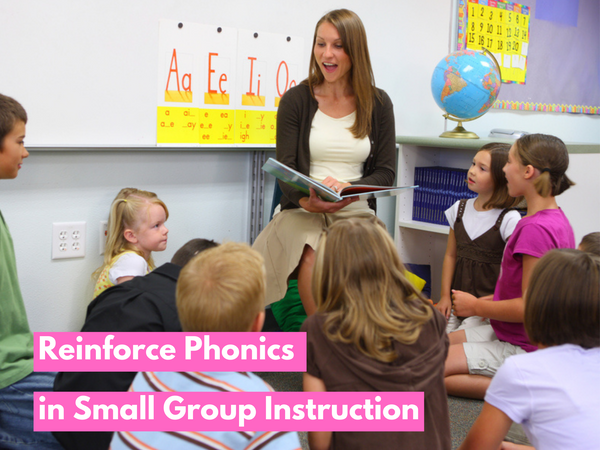
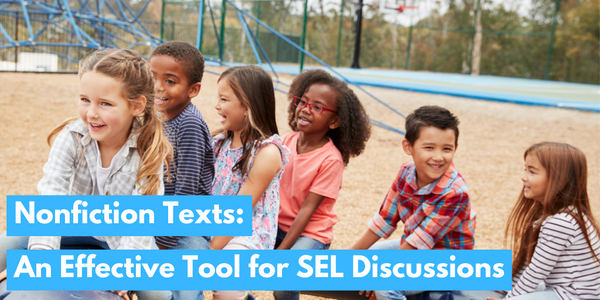
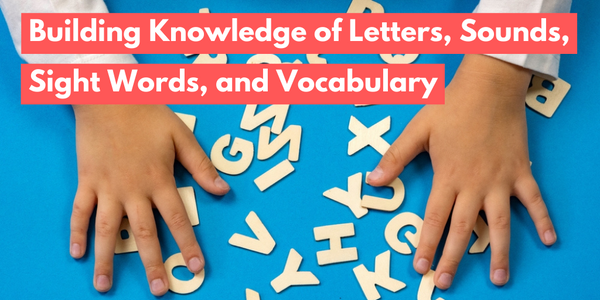
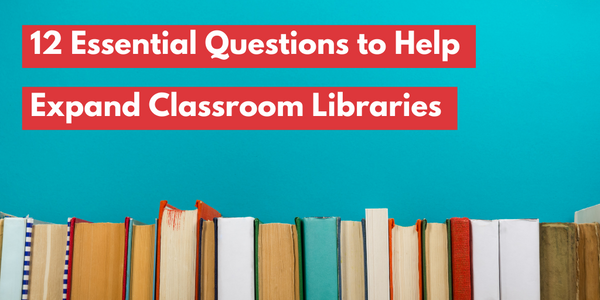
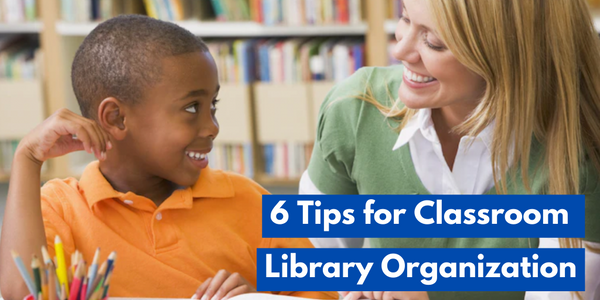
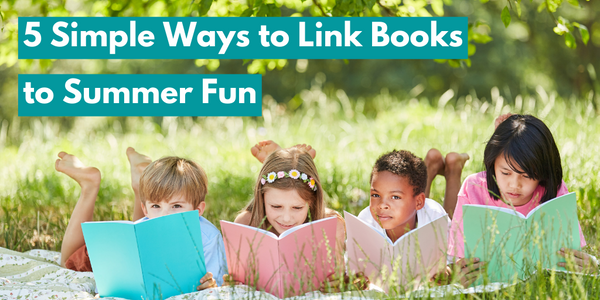
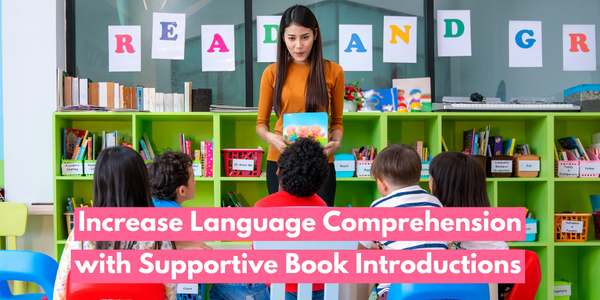
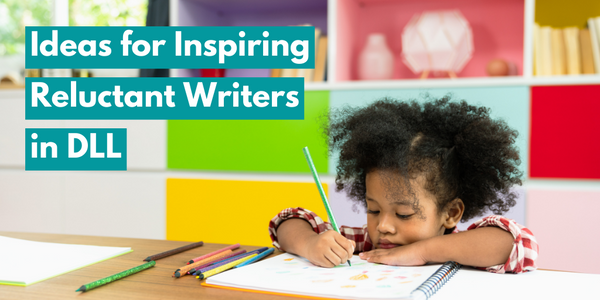
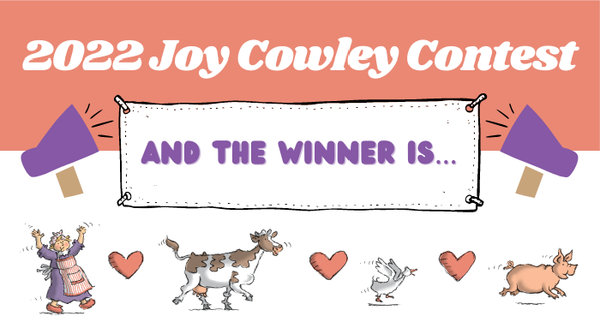
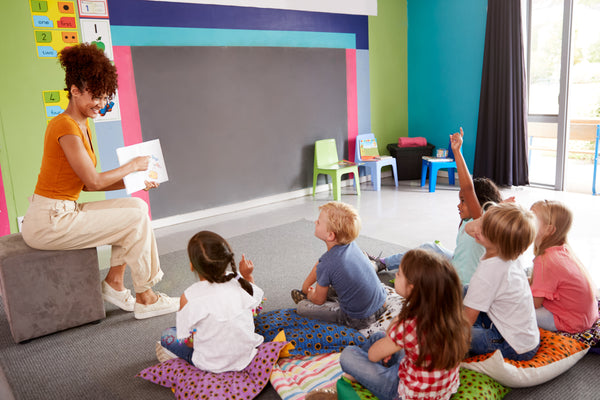

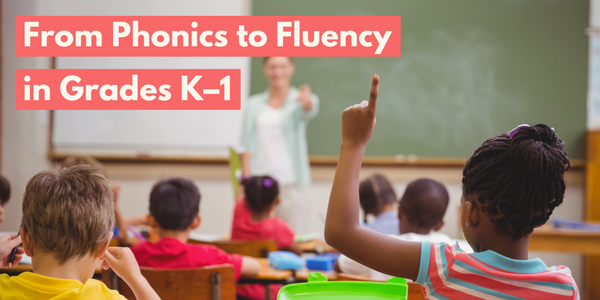
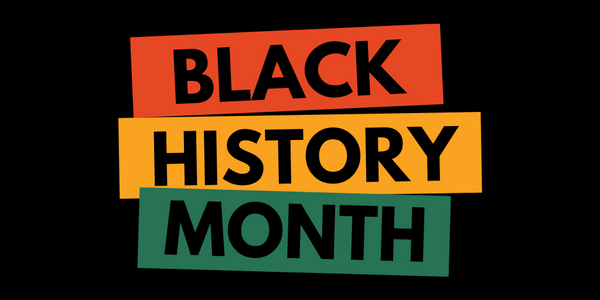
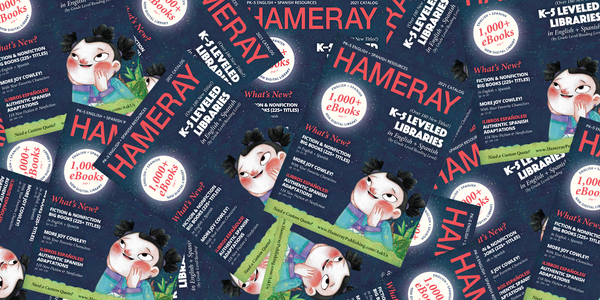
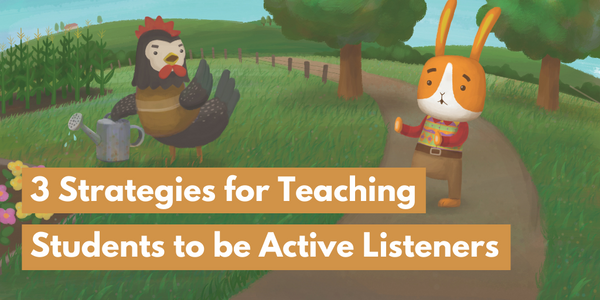

![6 Fun and Easy Activities to Practice Sequencing [Grades K-1]](http://www.hameraypublishing.com/cdn/shop/articles/Red_Typographic_Announcement_Twitter_Post-5_bf1ae163-a998-4503-aa03-555b038d1b76_600x.png?v=1689961568)
![Leveraging Prior Knowledge Before Writing and Reading Practice [Grades 1–2]](http://www.hameraypublishing.com/cdn/shop/articles/Red_Typographic_Announcement_Twitter_Post-4_600x.png?v=1689961965)
